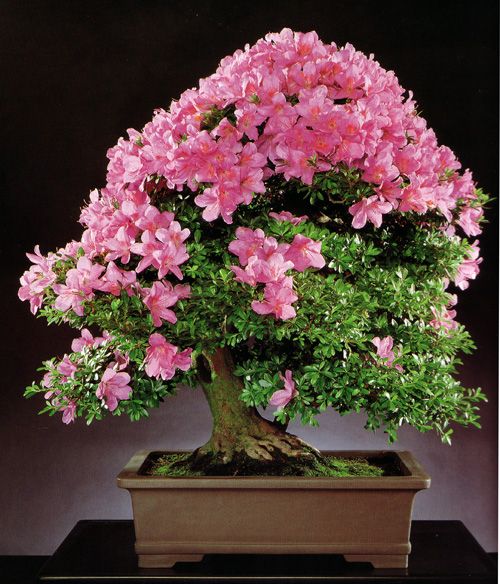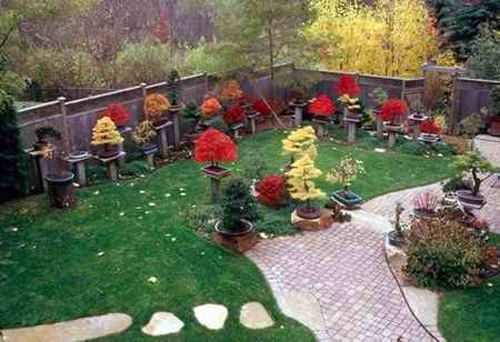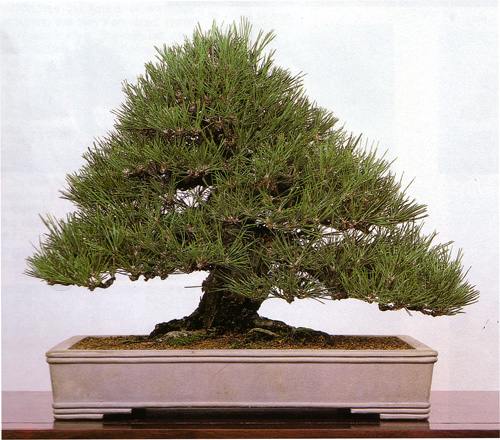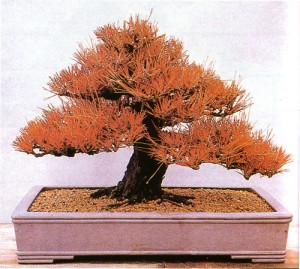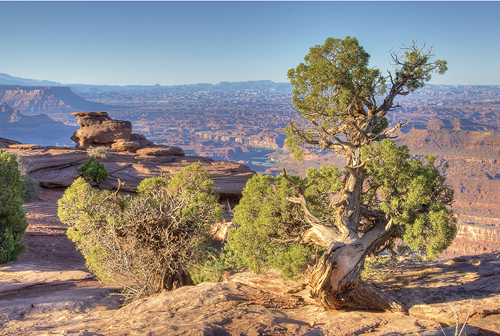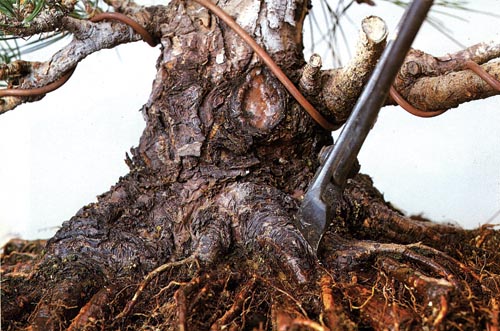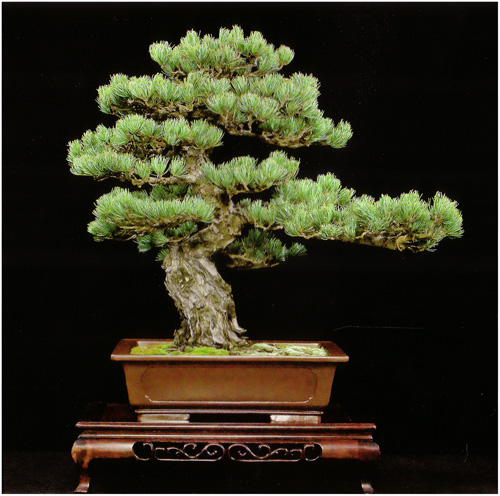
A pretty impressive bonsai with a modified S shape. It’s a Miyajima Japanese-Five Needle Pine (also called Japanese white pine – Pinus parviflora ‘Miyajima’) that was field grown for several years. The artist/owner is Ken Buell. The photo is from the 1st U. S. National Bonsai Exhibition Album.
Here’s the text of an email I received from Eric Killian…
I think bonsai bark has a lot of potential, but I’d love to see more on field growing. I have about 30-40 trees in the ground now but ground growing is completely new to me. Should I be giving trucks shape now? Possibly exaggerating it so in later years it will look like a nice flowing curve? I want to add character at a young age while avoiding the “S” trees that are mass produced.
Continue reading Field Growing #6: What’s with S Shaped Curves?
 This drawing is from our Masters’ Series book;
This drawing is from our Masters’ Series book; 